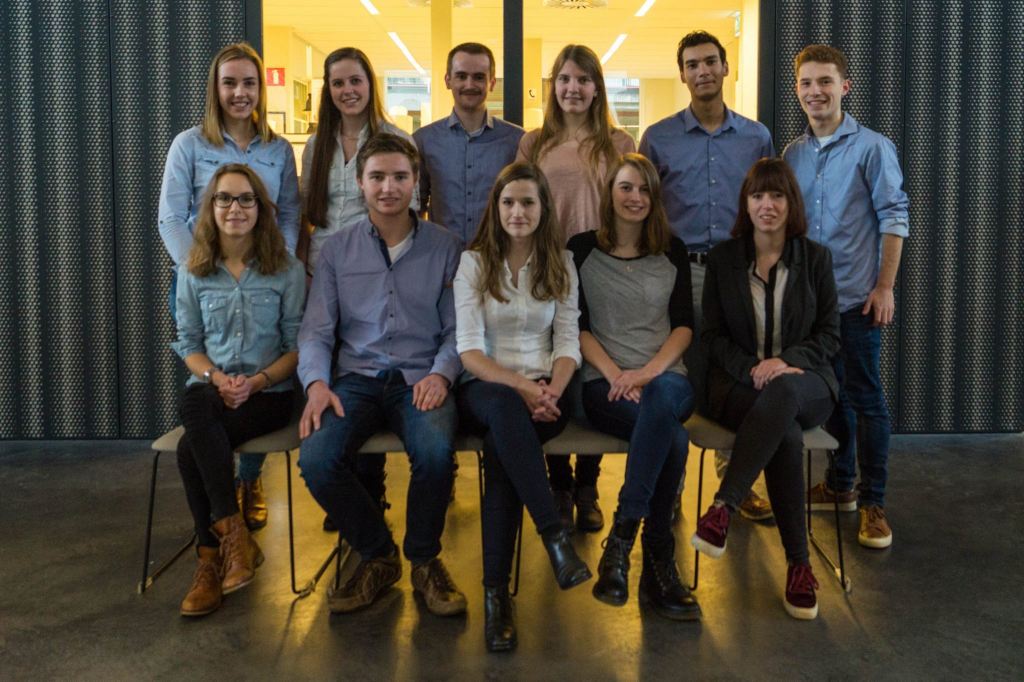
The SensUs-team of the TU/e (T.E.S.T.) will devote the academic year of 2017 to the development of a sensor that can sense heart failure by analysing blood plasma. The teams sensor should do so in a quicker fashion and in smaller volume than available sensors are able to do now.
With that challenge in the back of its mind, the team, made up out of twelve students with a biomedical and technical background in physics, will take part in the SensUs SensUs Student Competition. The competition, organised by Menno Prins, Professor with the TU/e, will host teams from the US, Egypt, Switzerland and Belgium. The TU/e-team will represent The Netherlands.

By September all competing teams should have developed a prototype which can analyse a blood sample on the spot. In that contest, there a four awards to be won. One for creativity which will award the most original innovation, an analytical award for the best measuring results, an award for the design that fits the market the best and finally, an award that will be handed out by the public.
Publicity
That last award is what makes this competition differ from others, Lotte Hagedoorn, a student of Biomedical Engineering at TU/e, thinks. “This means we have to go out on our own and get publicity. This is something we have to work on. We know that we are not as well known and popular as the Solar-team.”
Tests are over, we have a lot of extra time now.
“It doesn’t stop there. We also have to search for our own sponsors that can contribute to the project”, Hagedoorn. To achieve just that, Hagedoorn had a meeting with Frans Schmetz, Managing Director of High Tech Campus Eindhoven. Which has decided to contribute to the teams effort.
Another sponsor will be Future Diagnostics from Wijchen. They, however, will sponsor knowledge rather than money. “Which is needed, because there are a few challenges ahead for the team before we can aim for a prototype.”
The biggest challenge lies in getting the different components created for the sensor to work together. The eventual sensor will exist out of a chemical component, an electronic part and reading principle, that will be tasked with translating the measured blood values.“Right now, we can get them to work a part from each other, but there is some thinking ahead in getting those parts to talk to each other and work together.”
Exams
The team has been working on the sensor since November 2016. A first phase of orientation on how to develop the prototype has come to a close. In the first half of February the team will start experimenting. That is now possible, according to Hagedoorn, because: “Well, exams are over, we now have the extra time to do this.”
When the project is over, at the beginning of September 2017, it is not sure what will happen to the result of the challenge. After the edition of 2016, a group of researchers from TU/e took it on themselves to further explore the work that was done in the competition.
It is quite possible that a start-up will arise from the results of this years competition. However, that is not the teams ambition, however tempting the idea may be. “Sounds nice, but our focus lies in the development of a prototype. At least right now.”
